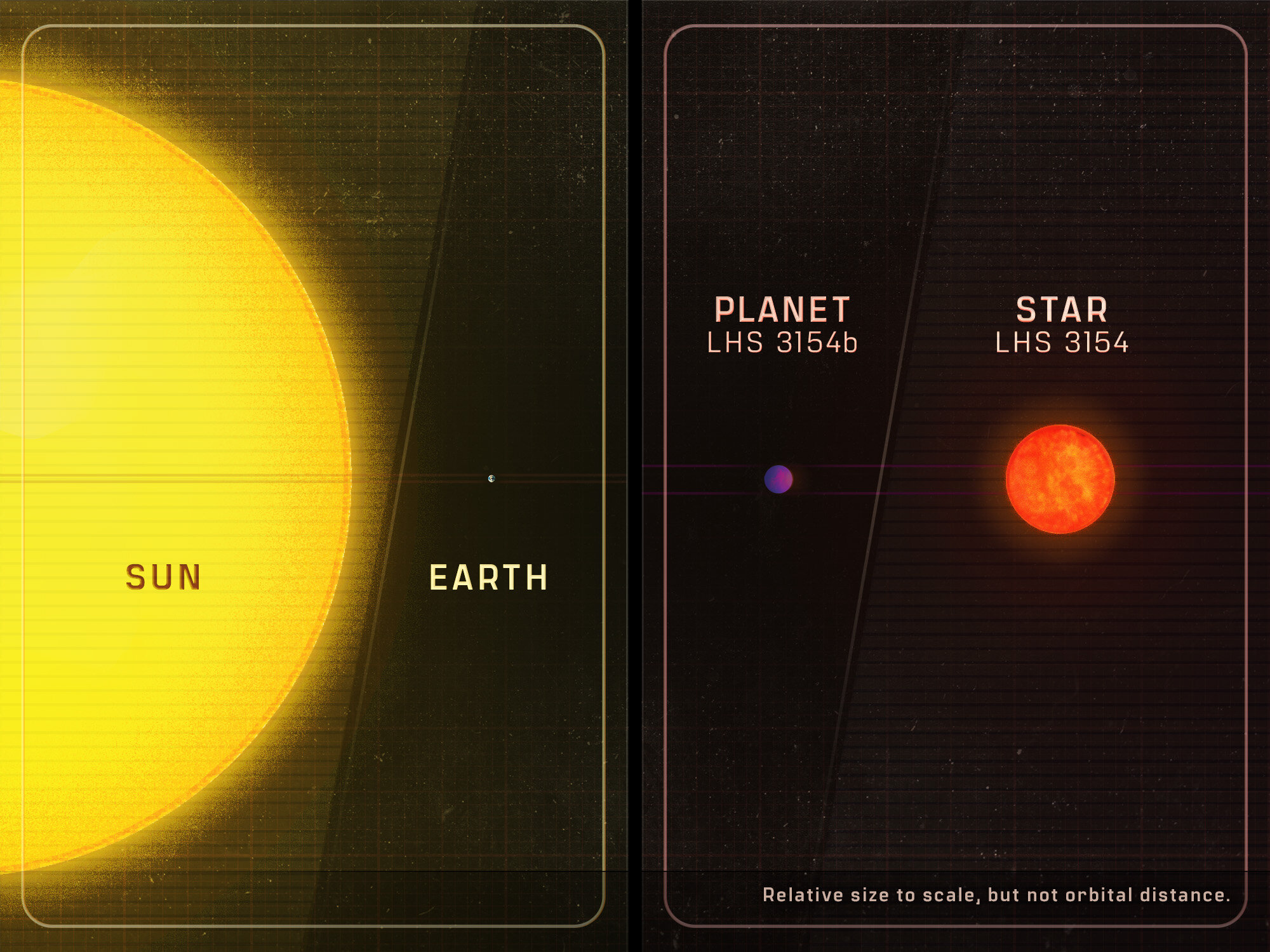The discovery of a planet that is far too massive for its sun is calling into question what was previously understood about the formation of planets and their solar systems, according to Penn State researchers.
In a paper published in the journal Science, researchers report the discovery of a planet more than 13 times as massive as Earth orbiting the “ultracool” star LHS 3154, which itself is nine times less massive than the sun. The mass ratio of the newly found planet with its host star is more than 100 times higher than that of Earth and the sun.
The finding reveals the most massive known planet in a close orbit around an ultracool dwarf star, the least massive and coldest stars in the universe. The discovery goes against what current theories would predict for planet formation around small stars and marks the first time a planet with such high mass has been spotted orbiting such a low-mass star.



Beyond that, Jupiter is 100,000 times the mass of the Earth. Should Jupiter not exist? This star is a red dwarf, or maybe the smallest possible main line type G2V star that we’ve seen, it could also be an M class star. This planet is in the same general area of the gravitational field of said star, that the asteroid belt and Jupiter would occupy in our star’s much larger gravitational field. It seems probable that giant rocky planets would form, but be so far outside the “Goldilocks zone” of the star as to be permanently frozen.
Edit: I’m not an astronomer, so I probably missed something.
It just sounds like the headline should read something like: “This planet couldn’t exist around Sol, so why does it exist?” or “We found a planet that can’t exist in our solar system, here’s why the star it exists around probably allowed its formation.”
Edit 2: The average density of “empty space” inside galaxies is 28.9 solar masses of dust per cubic light year. There’s more than enough dust out there for any star to form its own inner planetary, asteroid, and comet, systems. As well as several outer planets.